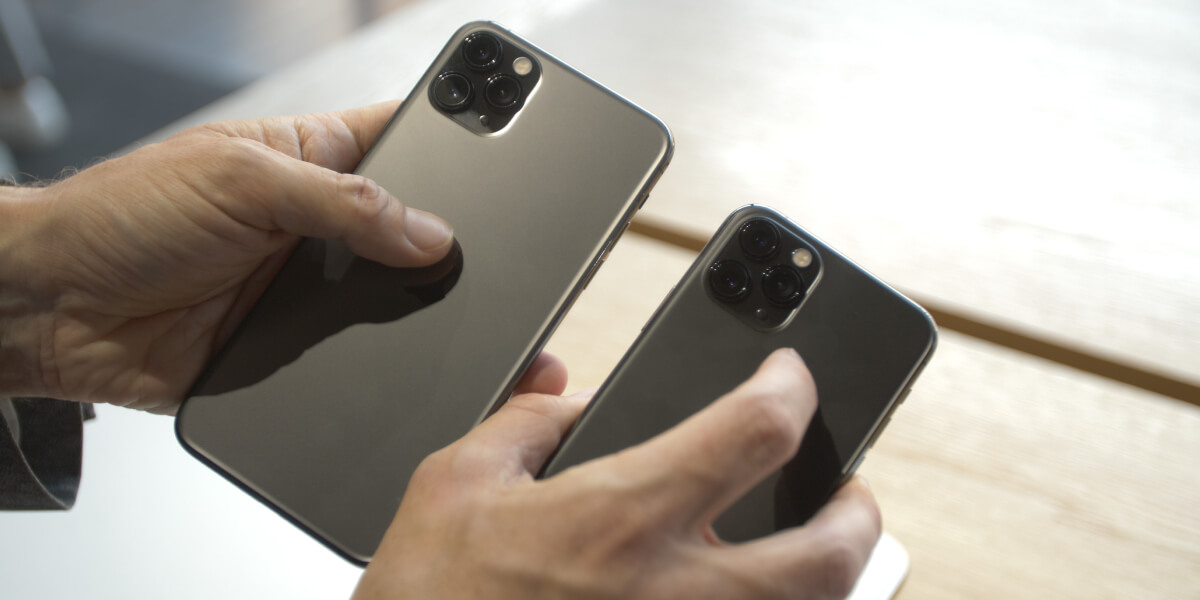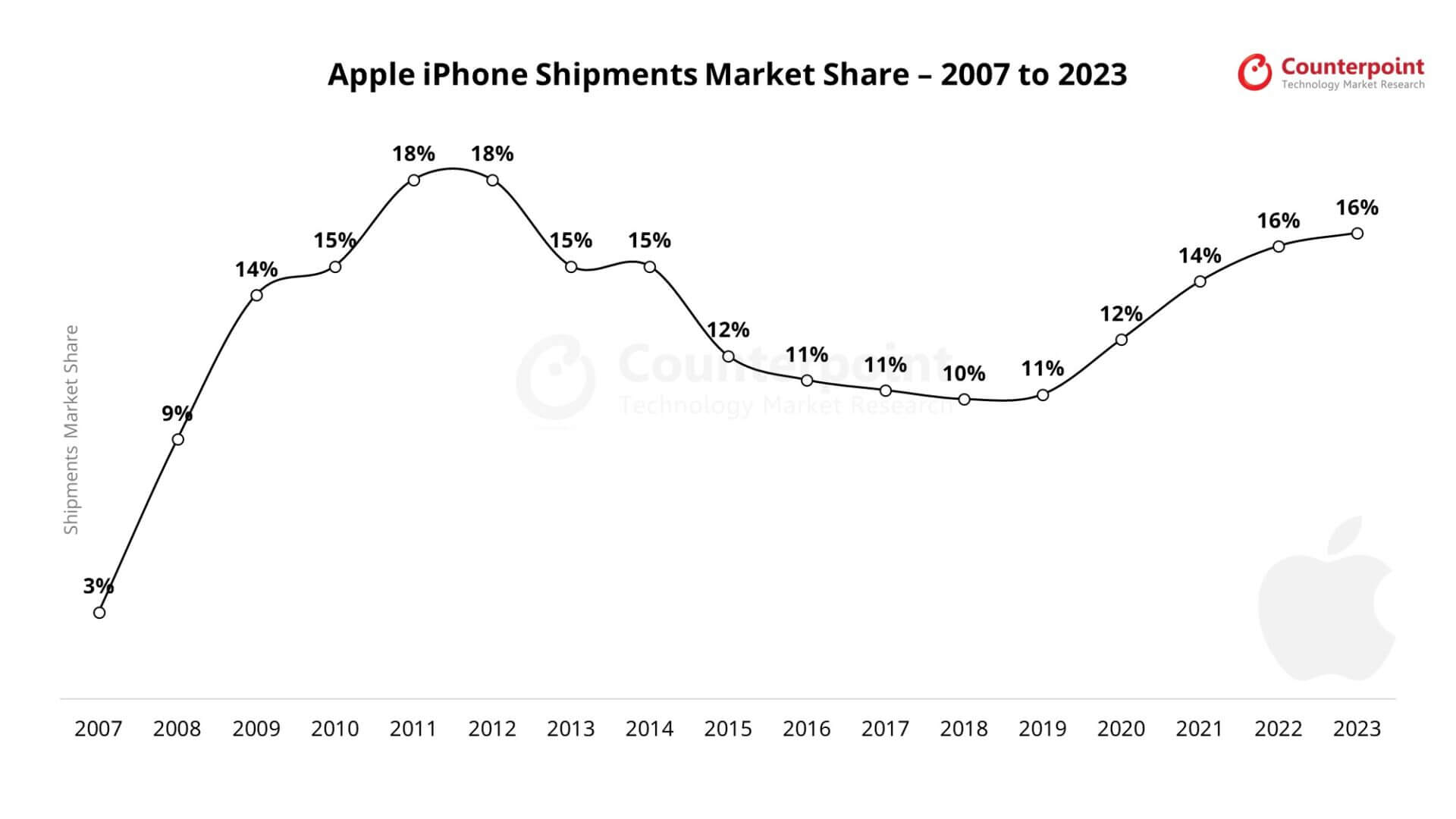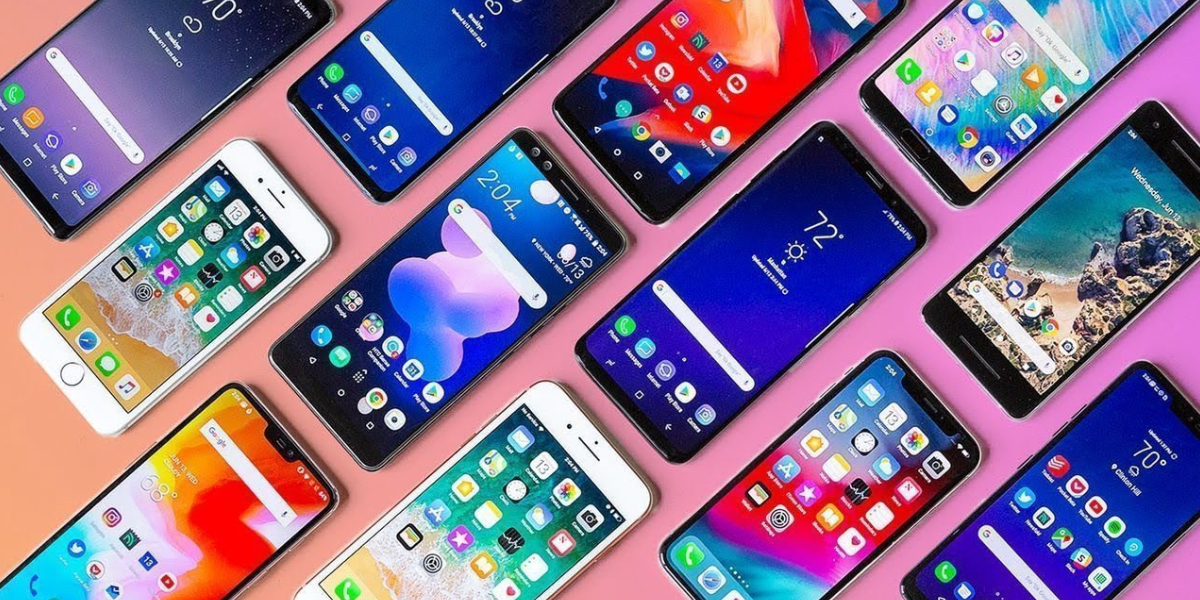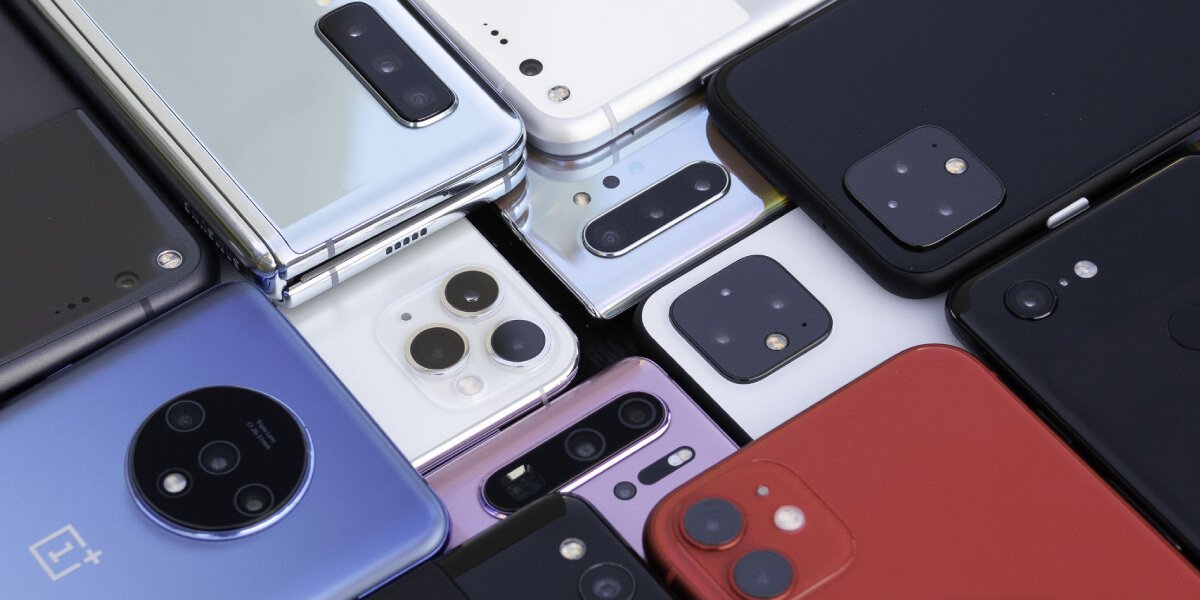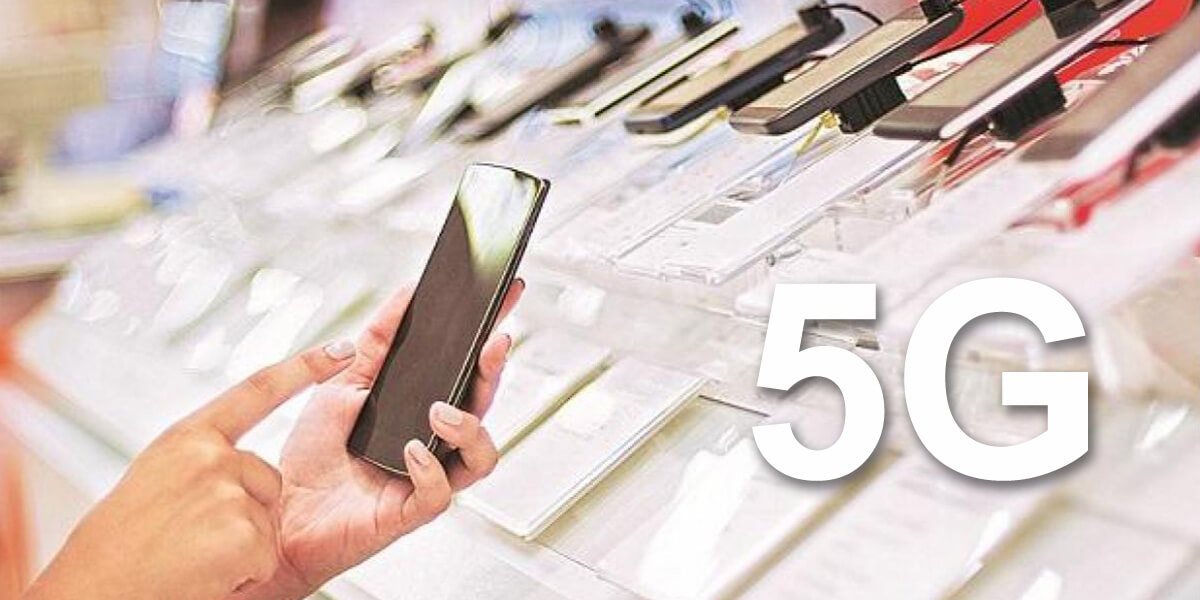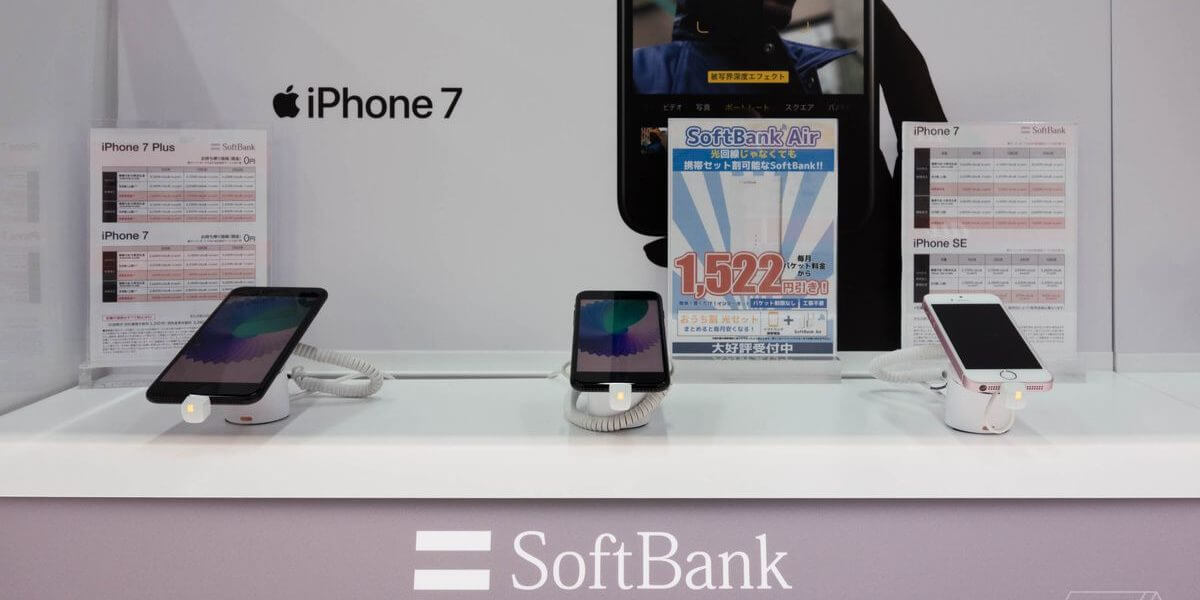When a new iPhone hits the market, the first thing enthusiasts do is to compare the features of the iPhones designated for different regions. If you are an EU iPhone wholesaler, you should there is a difference between the US and EU versions of iPhone. Network compatible is always the most important. Should you wholesale the US version or the EU version?
For the sake of demonstration, here we take the iPhone X, or the iPhone 12 Pro and Mini (2020).
But first:
Is it able to use the US version of the iPhone on EU networks? If the iPhone is not locked to a US network carrier, it can work in the EU or anywhere else for that matter. So make sure your supplier has unlocked the iPhone US version like Wakephone did, so that you are free to sell them in your targeting market in the European countries.
Usually, Apple makes certain iPhone versions for different markets such as China and the EU. Thus, while wholesaling iPhone in the USA is cheaper, which will keep your profit higher.
Main differences between US and EU iPhone Versions
To meet the needs of your EU iPhone customers, you need to specifically order for versions made for that region. But first, here are the outstanding differences between iPhone EU and US versions:
1. 5G mmWave-type connectivity
The latest iPhone US version comes with 5G mmWave-type connectivity. You can tell this by the small extra window on the US versions of the iPhone.
This window is used for installing any antennas that you might need to enhance your connectivity to the mmWave-type 5G signal.
A device running on mmWave operates within wider bandwidths than the EU ones that run old cellular networks.
Since this connectivity has not yet rolled out in most parts of Europe, for instance, Spain, the iPhone versions intended for these markets will noticeably be missing the small window that we have aforementioned.
Today, Verizon, T-Mobile and AT&T – all of them US-based carriers use the mmWave connectivity. Therefore, all iPhones locked to these networks are mmWave-enabled.
Apple designs the European versions to use the sub-6 5G connectivity, which is slower than the mmWave-5G.
2. Laser-etched logos on the side
Another outstanding difference between the iPhone US version and the EU ones is that the latter comes with a mark showing that the item is not recyclable (a laser-etched logo of a mobile phone with an X).
That is not all, because there is a second, CE logo. These two logos are not removable, but you could cover them with a case.
The logos are not a problem in themselves; it is about where they are located in some models, for instance, in the iPhone 12 Pro and Mini. Manufacturers place these logos in the bottom of the glass back.
In this case, the iPhone 12 for EU comes with the logos visibly displayed on the side, near the bottom. Unless you hide them with a case, these logos alter the otherwise clean look of the US version.
3. Price Difference
The iPhones for the US always cost less. For instance, in 2021, the iPhone X version (256GB) cost about $1052.00 in the US and approximately $1363 in Europe. The iPhone 12 Pro (128GB) costs $1400 in Germany and $999 in the US.
The same is also true of the iPhone 12. Therefore, not only do the European users have to live with the "unsightly" logos on the side, but they also have to pay more money.
Apart from those differences between the iPhone EU version and the US one, the other specs remain the same across board, well, except for the Chinese version that comes with two sim slots.
Storage and the device size for the Pro and Mini models remain the same for the USA and Europe.

